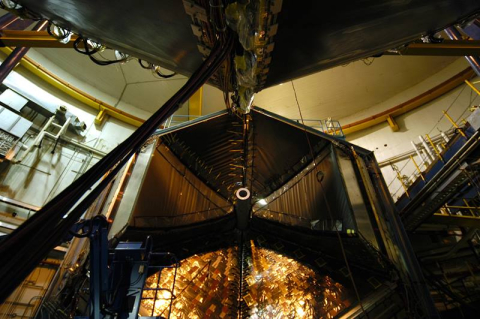
New insights reveal details of how strange matter forms.
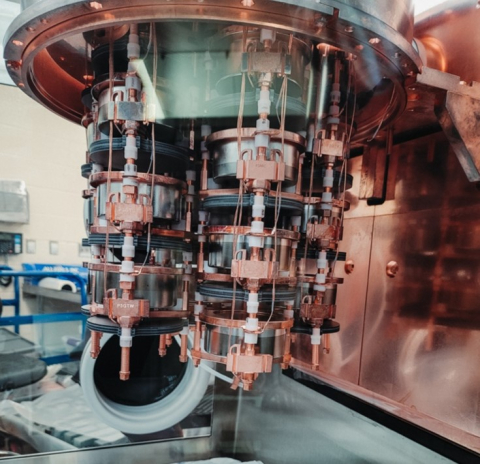
The first results from the MAJORANA experiment dramatically improve current limits on this rare isotope’s decay.
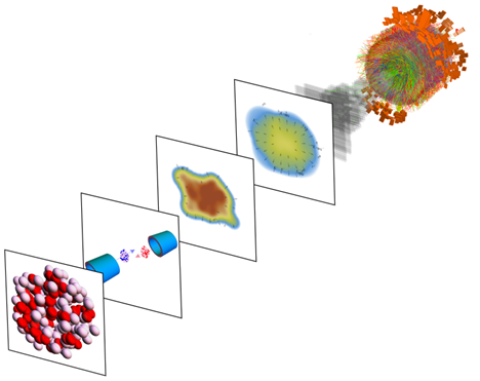
Researchers determined the neutron skin of lead-208 from experimental data collected in lead-lead collisions at the CERN Large Hadron Collider.
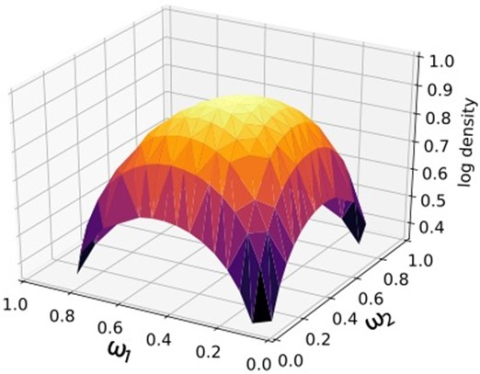
Bayesian statistical methods help improve the predictability of complex computational models in experimentally unknown research.
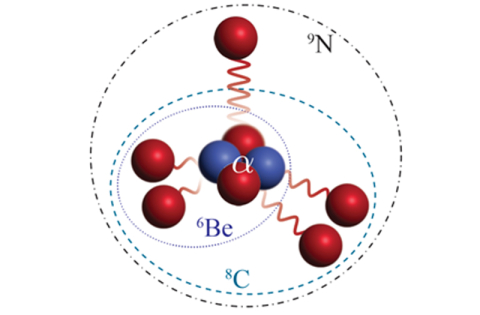
Nitrogen-9 has only two neutrons to its seven protons and decays to an alpha particle by emitting five of its protons in stages.

Theoretical calculations and experimental data combine to reduce uncertainty in a key reaction rate in modelling high-energy solar neutrinos.

The Project 8 and He6-CRES collaborations use a new technique to set an upper limit on neutrino mass and prepare to test the nature of the weak force.
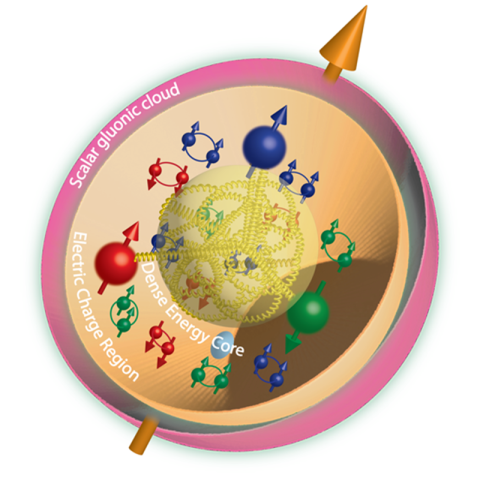
Nuclear physicists have found the location of matter inside the proton that comes from the strong force - a fundamental force that holds protons together.
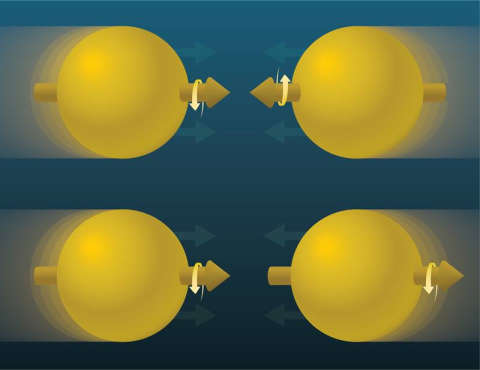
A measurement tracking ‘direct’ photons from polarized proton collisions points to positive gluon polarization.
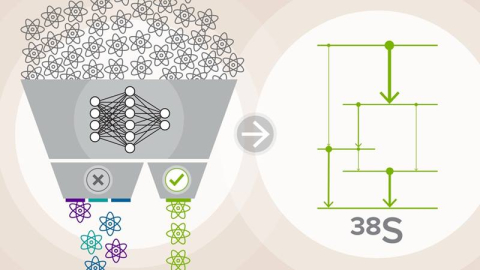
Forefront nuclear physics capabilities and machine-learning data analyses combine to generate new information on quantum energy levels in sulfur-38.

